Humans Don’t Get Stuck.We Are Stuck.
Humans love to believe in their own stories. We tell ourselves we are exceptional—not just compared to our ancestors, but to every species on the planet. Our ability to think, create, and innovate is proof, we say, of our constant progression. It’s comforting to imagine we’re always moving forward, continually evolving toward something better. But what if that’s just a story we tell ourselves?
Beneath the surface of our achievements, the reality of progress is far more fragile than we’d like to admit. We cling to the idea of advancement because it makes us feel proud, gives us something to hold onto. But maybe the truth is far less comforting. Maybe the gap between us and the people we once were isn’t as wide as we’d like to think. And perhaps that’s the part of the story we don’t want to tell.
The Reality of Being Stuck
The truth is, nearly all people lead ordinary lives, or worse, as Thoreau put it, lives of quiet desperation. We move through our days, repeating the same patterns, rarely challenging what we know. For every company that thrives, many more collapse, victims of forces they couldn’t anticipate. Industries vanish, caught in cycles they couldn’t break. Even societies, no matter how dominant, follow the same trajectory: rise, peak, decline, and fall.
So, how do we break free from these cycles? First, we must understand something fundamental: Humans don’t just get stuck—we are stuck. It’s not about personal failings or lack of ambition. It’s physics. Our brains evolved for efficiency, designed to conserve energy by sticking to the familiar. We don’t coast through routines by choice; we do it because our brains are built to avoid unnecessary exertion. Growth, ambition, and happiness are not our brain's primary concerns. It’s wired for one thing: survival. And survival means maintaining the status quo.
Just like a long-distance runner "hitting the wall," our brain sends signals to stop when it senses fatigue, urging us to conserve energy. But seasoned runners know the wall isn’t real—it’s a protective mechanism. When they push past it, they discover their bodies can go much further than their brain suggested. The same is true mentally. Our brain shuts down its most energy-intensive functions—curiosity, creativity, optimism—long before they’re truly exhausted. These functions aren’t just reduced, they’re turned off unless we make a conscious effort to activate them. Most of us, when we hit that mental wall, retreat to what’s comfortable and predictable.
The Brain’s Real Agenda
Here’s the uncomfortable truth: the brain is not your friend. It doesn’t care about the things we hold dear—love, fulfillment, happiness. What we see as meaningful, the brain sees as distractions from its core agenda: survival. It craves stability, not excitement. Repetition, not novelty. The brain isn’t designed to seek adventure or joy—it seeks predictability, to conserve energy wherever possible. This is why we fall into familiar routines, why we often avoid effort unless absolutely necessary.
The brain’s preference for predictability means it locks us into patterns. We aren’t driven by ideals or ambition; we’re driven by survival. What we call “comfort” is really the brain avoiding exertion. Left unchecked, this mindset leads to stagnation—not just for individuals but for organizations and societies as well.
Static Thinking: The Real Cost
We see this all around us. Static thinkers—individuals, companies, even entire nations—cling to what’s familiar, resisting change not because they’re stubborn but because their brains prefer the known. Thoreau’s “quiet desperation” isn’t just an individual issue—it’s a societal one. Whole industries collapse because they cling to outdated models. Societies hold on to old ideologies, mistaking superficial changes for real progress. We’re lulled into believing we’re moving forward, but in reality, we’re standing still.
Static thinking isn’t just an intellectual laziness—it’s biological. Curiosity, the very thing that drives human achievement, is not the brain’s natural state. It’s an exceptional capacity, yes, but one that requires energy the brain would rather not spend. Creativity, exploration, and optimism come at a cost, and the brain doesn’t pay unless we force it to.
And this is where the danger lies. If we don’t push ourselves past these mental walls, we risk irrelevance. Institutions once thriving are now struggling because they held on too long to what worked in the past. Nations look to the past, not because of nostalgia, but because it’s easier than facing the complexities of the future. We think we’re safe in our routines, but safety is an illusion. The world moves forward whether we do or not, and those who remain stuck risk being left behind.
Breaking Free: The Real Opportunity
Here’s the real challenge: avoiding getting stuck isn’t enough. You have to understand that stuck is where we begin—and breaking free, getting unstuck, is what sets us apart. The difference between those who thrive and those who fail is this recognition. Most people, most businesses, most societies, remain locked in their routines. But some break free. Some seize the moment and transform themselves into something new.
This is not a battle fought once—it’s a battle fought daily. Our brains won’t push us to be curious, creative, or ambitious unless we force them to. The brain prefers the static, the easy, the predictable. Breaking free requires effort, intention, and a willingness to fight against inertia. But here’s the opportunity: the moment you recognize your natural tendency to stay stuck, you gain the power to move beyond it.
Imagine what could happen if you pushed beyond the mental walls your brain builds. Consider the possibilities waiting on the other side of those routines you cling to. The ideas you could explore, the risks you could take, the breakthroughs waiting if you dared to move past the familiar. Most people remain stuck, but those who push themselves—those who break free—transform their lives, their businesses, and the world around them.
